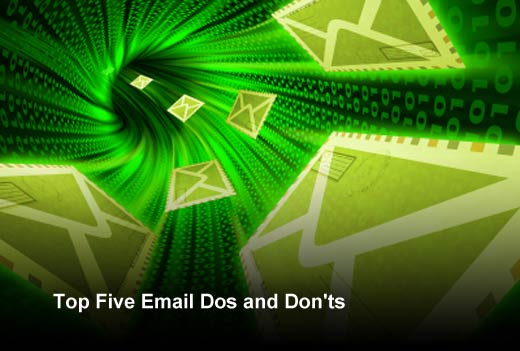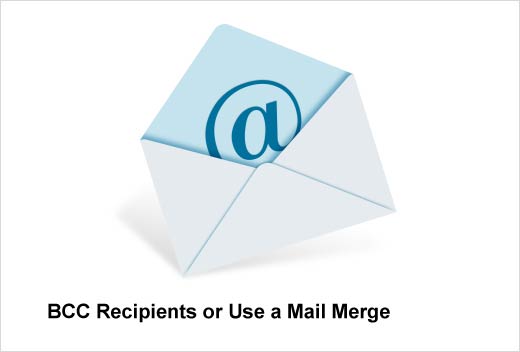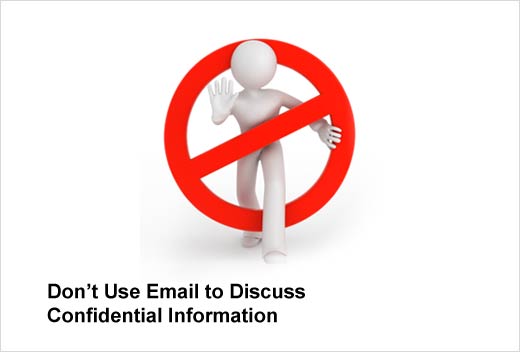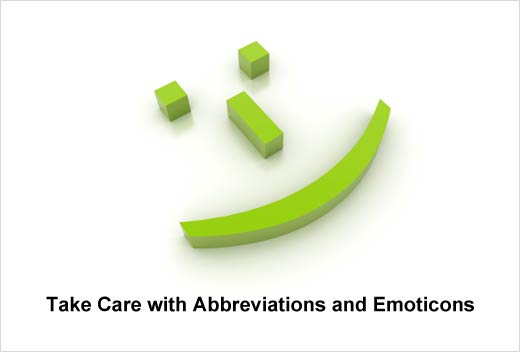“By requiring employees to use appropriate, businesslike language in all electronic communications, employers can limit their liability risks and improve the overall effectiveness of the organization’s e-mail and Internet copy in the process.”
-Excerpt from “Writing Effective E-mail,” by Nancy Flynn and Tom Flynn
Ever get copied on an email that does not apply to you? Have trouble reading a message because there are so many recipients in the “To:” field? As a business professional, simple rules will help you avoid looking like an amateur in the world of e-business communication.
So why all the rules? For one, it’s important to remain professional in company communications, both to appear competent to your customers, and because you never know who may intercept your mail. Second, emails that are to the point and easy to read are more efficient. Lastly, employees that understand email etiquette are less likely to put the company at risk. With the bulk of company communications still moving through email, it is crucial to make the best impression when using this enterprise application.
Andrew Dunlop, vice president of Web Services for DynaSis Integrated Systems, provides the following top five rules for email etiquette.
Top Five Email Dos and Don’ts
Click through for five rules for proper business email etiquette.
Don’t Write in All CAPITALS
Writing in all capitals can convey that you are shouting in your message, and nobody likes to be yelled at. Consider other ways to get your message across while conveying its importance. Using all capitals can be annoying and trigger an unintended response.
BCC Recipients or Use a Mail Merge
When sending a mailing, some people place all the email addresses in the To: field. If the recipient list is large, that means that all your readers will have to scroll through the list of those on the email to read the message. In the case of viewing email on a smartphone, this can be extra irritating. You also have to consider that others may not want their email address published for everyone to see. You can avoid both these issues by using the BCC field, or using a program like Outlook to do a mail merge that sends a unique message to each person on your list.
Don’t Use Email to Discuss Confidential Information
Email messages are easy to copy, print and forward. If you don’t want anything getting out, don’t email it. Plus, remember that even if that email isn’t forwarded on to someone else, company management can easily intercept inappropriate mail.
Take Care with Abbreviation and Emoticons
Save abbreviations like LOL (laugh out loud) or IDK (I don’t know) for text messages among friends. Some may not understand your abbreviations. And while emoticons are fun, they just aren’t professional and you don’t know how the recipient will take them. Just like abbreviations, readers may not know what they mean. It’s better to spell it out and write what you mean.
Don’t Request Delivery and Read Receipts
This will almost always annoy your recipient before he or she has even read your message. Besides, it usually does not work anyway since the recipient could have blocked that function, or his/her software might not support it. If you want to know whether an email was received, it is better to ask the recipient directly to let you know.








